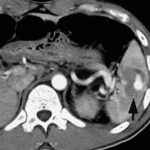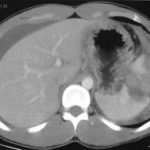Wartime experience has shown that rapid transport from the battlefield scene of injury to definitive care dramatically improves survival. This has been translated into civilian trauma care by making helicopter transport to a trauma center more widely available. But this resource is still somewhat limited, and very expensive compared to ground EMS transport. Is this expense warranted, or in other words, does it improve survival?
Many have tried to answer this question. Several of these studies did show improved survival with air transport, but most had significant flaws that made their conclusions hard to interpret. The current issue of JAMA has published an article from MIEMSS and Johns Hopkins that tries to do it right.
The authors used the National Trauma Data Bank (1.8M records) and whittled it down to 223K by using pertinent exclusion criteria. About 25% were transported by air and 72% were taken to Level I centers (vs Level II). A sophisticated regression model was used to adjust for missing data and clustering by trauma centers.
They found that there is roughly a 1.5% survival advantage in taking patients to trauma centers by air. About 65 patients need to be transported to a Level I center, or 69 patients to a Level II center, to save a life. There are some issues with the statistics, primarily due to the nature of the NTDB data, but overall the paper is nicely done.
Bottom line: It looks like helicopter transport of seriously injured trauma patients conveys a very small survival advantage. However, this does not mean that everybody now needs to be flown in. This is not an ideal world, and not everybody is in an area that can provide such transport. Furthermore, in many areas ground EMS is still faster than air. And finally, air transport is much more expensive than the incremental survival increase may be worth. We will have to come to grips as a society to figure out what we can really afford.
Reference: Association between helicopter vs ground emergency medical services and survival for adults with major trauma. JAMA 307(15):1602-1610, April 18, 2012.




